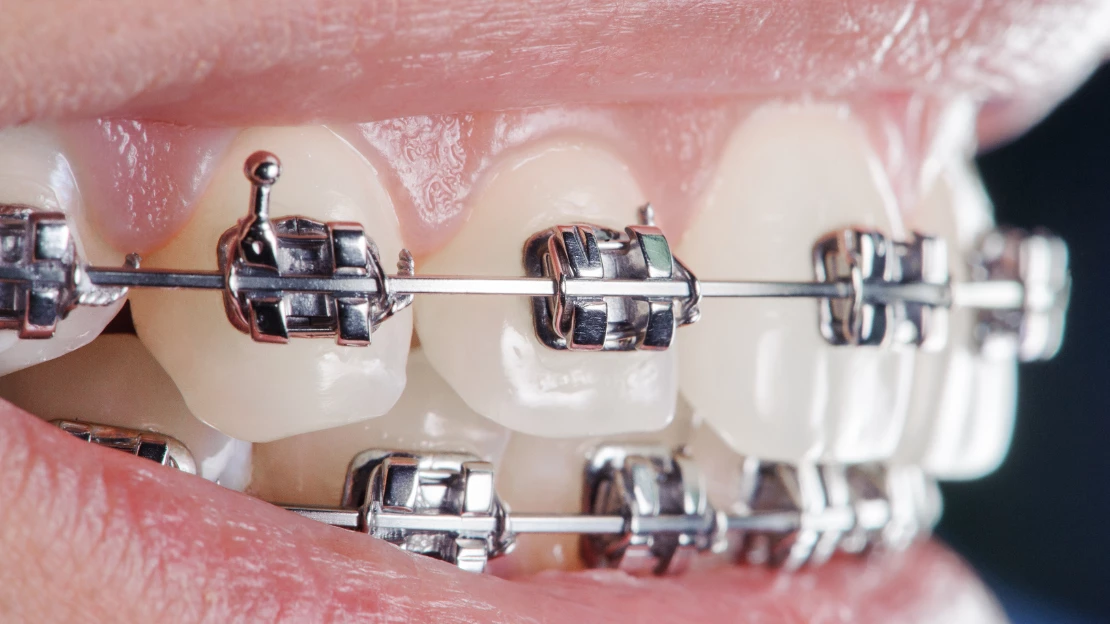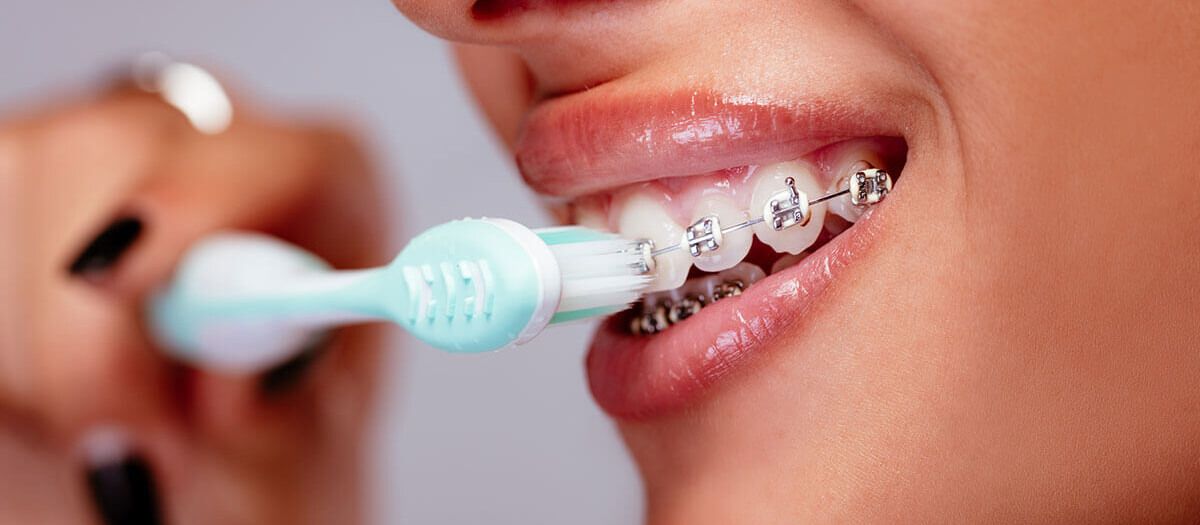What Establishes Cumming Braces and Aligners Aside From Other Orthodontic Treatments
What Establishes Cumming Braces and Aligners Aside From Other Orthodontic Treatments
Blog Article
Comprehensive Guide to Orthodontics Treatments for Dealing With Oral Misalignments
In the world of orthodontics, the trip to achieving a flawlessly aligned smile includes a myriad of treatments tailored to deal with dental misalignments. From conventional braces to unnoticeable aligners and even surgical alternatives, the area of orthodontics offers a range of options to attend to differing degrees of dental irregularities. Recognizing the complexities of each treatment, including their systems, benefits, and possible downsides, is critical in making informed decisions regarding one's orthodontic treatment. As we browse with the detailed overview to orthodontic treatments for fixing oral misalignments, the intricate information of each approach will certainly unravel, clarifying the path toward a practical and harmonious oral positioning.
Orthodontic Procedures Review

Routine changes and monitoring are vital parts of orthodontic therapy to guarantee progression is on track and to make any kind of required adjustments along the means. By going through orthodontic treatments, individuals can not just achieve a straighter grin but also improve their total oral health and function.
Standard Dental Braces: Exactly How They Work
When taking into consideration orthodontic therapies for oral misalignments, conventional braces stand out as a reliable approach for dealing with teeth positioning. Typical dental braces consist of brackets, cords, and bands that work together to use continuous stress on the teeth, progressively relocating them right into the desired alignment.
As stress is used to the teeth with the dental braces, the bone bordering the teeth is improved to support the new tooth settings. Individuals will certainly need regular modifications at the orthodontist's workplace to make certain the dental braces continue to use the proper stress for efficient teeth motion.
Unnoticeable Aligners: Advantages And Disadvantages
Unnoticeable aligners provide a hassle-free and very discreet choice to typical braces for dealing with dental misalignments. These clear, custom-made trays are virtually invisible when worn, making them an appealing alternative for people looking for a much more aesthetically pleasing orthodontic therapy. Among the primary benefits of invisible aligners is their removability, permitting for simpler upkeep of oral hygiene compared to traditional braces. People can remove the aligners prior to local family dentist consuming or brushing their teeth, minimizing the threat of food getting embeded the appliance and streamlining the cleansing process.

Surgical Orthodontic Options
Surgical interventions in orthodontics present practical options for resolving intricate dental misalignments that might not be efficiently dealt with via traditional orthodontic treatments. While undetectable aligners and typical braces can deal with many orthodontic issues, particular cases call for medical intervention to attain optimum outcomes. Surgical orthodontic choices are generally suggested for extreme malocclusions, substantial jaw inconsistencies, and situations where the underlying bone framework requires adjustment to achieve appropriate positioning.
One usual surgical orthodontic procedure is orthognathic surgical procedure, which includes rearranging the jaws to correct functional problems such as difficulty chewing or speaking. This surgical treatment is commonly executed in collaboration with an orthodontist who aids line up the teeth before and after the treatment. Surgical orthodontics might likewise include procedures to subject influenced teeth, remove excess periodontal tissue, or improve the jawbone to create a more harmonious facial profile.
Before thinking about surgical orthodontic choices, clients go through a comprehensive evaluation to establish the necessity and prospective advantages of such interventions. orthodontist. While surgical procedure might seem challenging, it can considerably boost both the feature and appearances of the smile in cases where standard orthodontic therapies fall short
Retainers and Post-Treatment Care

Failure to conform with post-treatment treatment instructions can result in relapse, where the teeth progressively move back in the direction of their initial settings. Consistent retainer wear, excellent oral hygiene, and normal oral examinations are vital for preserving the results accomplished via orthodontic surgical treatment and making certain the lasting security of the fixed oral placement.
Conclusion
To conclude, orthodontic procedures offer various alternatives for dealing with oral imbalances. Conventional dental braces use steel braces and cords to move teeth into correct positioning. Undetectable aligners provide a more discreet choice yet may not appropriate for all cases. Surgical orthodontic options are available for a lot more extreme imbalances. Retainers are frequently utilized post-treatment to maintain the brand-new alignment. Generally, orthodontic treatments can effectively improve oral health and aesthetic look.
As we navigate through the extensive guide to orthodontic treatments for fixing oral misalignments, the complex information of each technique will unravel, shedding light on the course toward a functional and harmonious oral positioning. - cumming aligners
One of the most typical orthodontic therapies is the usage of braces, which are composed of steel braces and cords that use gentle pressure to slowly shift teeth right into the preferred position.When considering orthodontic treatments for oral misalignments, standard braces stand out as a tried and true method for fixing teeth placing. Furthermore, unseen aligners may not be appropriate for complicated orthodontic concerns that call for even more significant teeth activity, as they are commonly suggested for mild to moderate instances. Retainers are tailor-made orthodontic devices created to hold teeth in their dealt with placements after the completion of orthodontic therapy.
Report this page